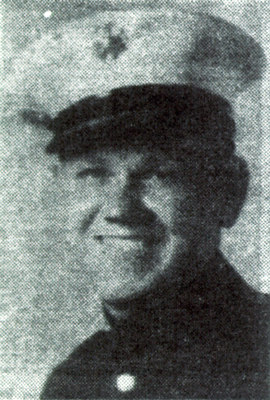
After Bill went through recruit training and radio school in San Diego, he was assigned to the tank battalion and trained at Camp Pendelton. Bill became a crew member of the M4 Sherman tank "Cobra" as the radioman and assistant gunner. The other crew members were the commander and platoon leader Lt. Richard Sloat, who was later killed on Saipan while talking on a tankphone, P.F.C. Henry Trauernicht the gunner, Cpl. Hester S. "Buck" Webb the driver, and P.F.C. Jack Trent who took over as driver on the second day on Betio.The radio Bill trained on was the "RU-GF" which was actually an aviation radio. These radio were unable to commnicate with the Marine inantry TBX radios. After the Saipan invasion these RU-GFs were removed for a model that was better suited for communicating with the infantry units.
When Bill and the rest of "C" Company first shipped out for the South Pacific the destination was Noumenea, New Caledonia. Their ship, the first of its kind U.S.S. Ashland, L.S.D. 1, had mechanical problems which forced them to Espirtu Santo briefly for repairs before continueing on to Noumenea. "C" Company trained at Noumenea for what seemed to be a very long time to Bill until they embarked once again for the upcoming invasion of the Gilbert Islands. Bill and the other tankers did spend one day in New Zealand shortly before the U.S.S. Ashland joined the gathering invasion fleet.
On the morning of 20 November 1943 "C" company, 1st Corps Medium Tank Battalion was launched from the Ashland in LCMs. Bill writes, "Our tank landed in what I recall as the third wave. We were dropped off from the landing craft when it could no longer get over the reef." This of course was hundreds of yards from the beach. Cobra, the lead tank of the first platoon, landed on Betio just to the left of the "beak" on Red Beach 1. "We managed to reach the beach and somehow got to the airfield," Bill continues. The first few hours on the island were nothing but complete confusion and bodies were everywhere. Bill says, "I remember spending that night on the edge of the airstrip." It was here during the first night that "Buck" Webb their tank driver was killed.
The second day with the loss of "Buck" Webb they were minus a crew member and Jack Trent took over as driver. In addition to manning the radio, Bill was the assistant gunner. This kept him very busy that day heaving 75mm shells into the gunbreech when the gunner had a target. Late in the afternoon someone, Bill did not know, directed Lt. Sloat to bring Cobra back onto the beach and destroy a Jap gun located on the seawall that was still taking Marine lives. While approaching the target Cobra was driving through shallow water and became mired in an unseen shellhole. Bill and the rest of the crew were forced to abandon their tank through a rear hatch as the water began to pour in and fill the crew compartment. Under heavy fire they slid down the tank into the water and made their way to shore swimming and crawling underwater while avoiding Japanese fire. Both Bill and Jack Trent, the assistant driver and machine gunner, made it to the beach. They took cover behind the seawall beneath a Japanese gun but not before both were hit by machine gun fire. Bill managed to crawl to another group of Marines down the beach and was later evacuated to a ship. He spent the next two weeks in the hospital at Pearl Harbor.
Cobra was abandoned stuck in the sand on the beach. For the Saipan invasion Bill and the crew were given another tank which they also cristened Cobra. Bill saw more action on Tinian, Okinawa, and particiapted in the occupation of Japan at Nagasaki. Lt Sloat was a teacher from Washington state and was later killed on Saipan.
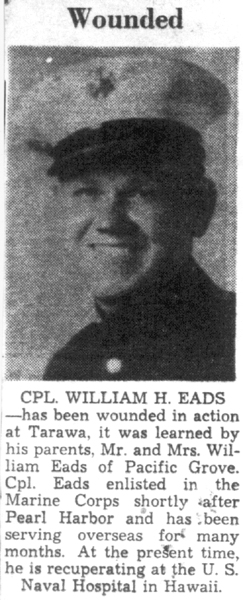
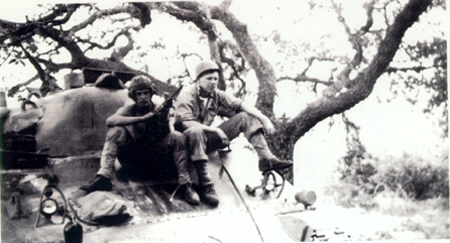
"Cobra", Hank Travernicht, and Bill Eads

Bill Eads, Buck Webb - driver
KIA Tarawa, and sitting is Hank Travernicht - gunner.

Cobra at Camp Pendleton
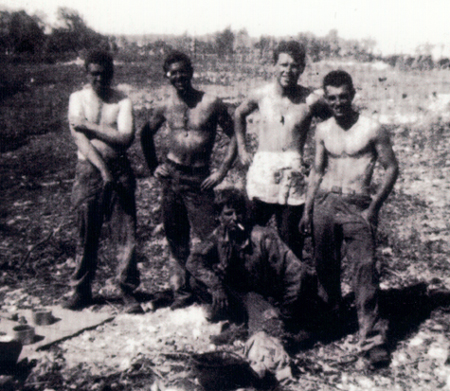
The Crew
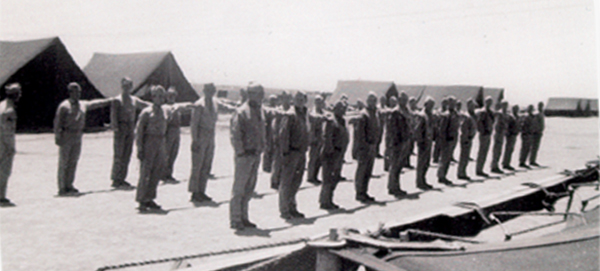
C. Company, 1st Corps Medium Tank Battalion in ranks at Camp Pendleton

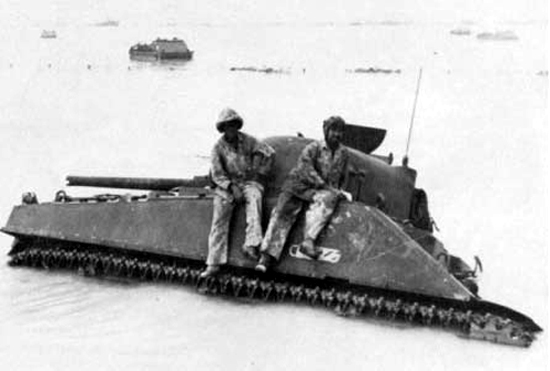
Disabled Cobra and possibly two crewman.
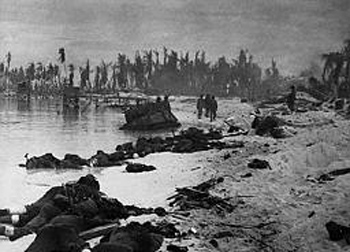
Above and below: Cobra from two different vantage points amidst the carnage of the fighting.

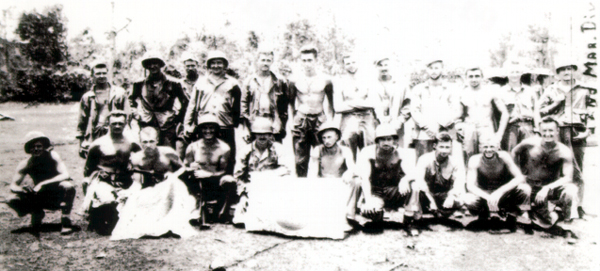
After the battle on Saipan, some of C Co.
Send an Email:
copyright 2002 T.O.T.W.
Created 7 September 2002 - Updated 20 October 2002

Return to Index